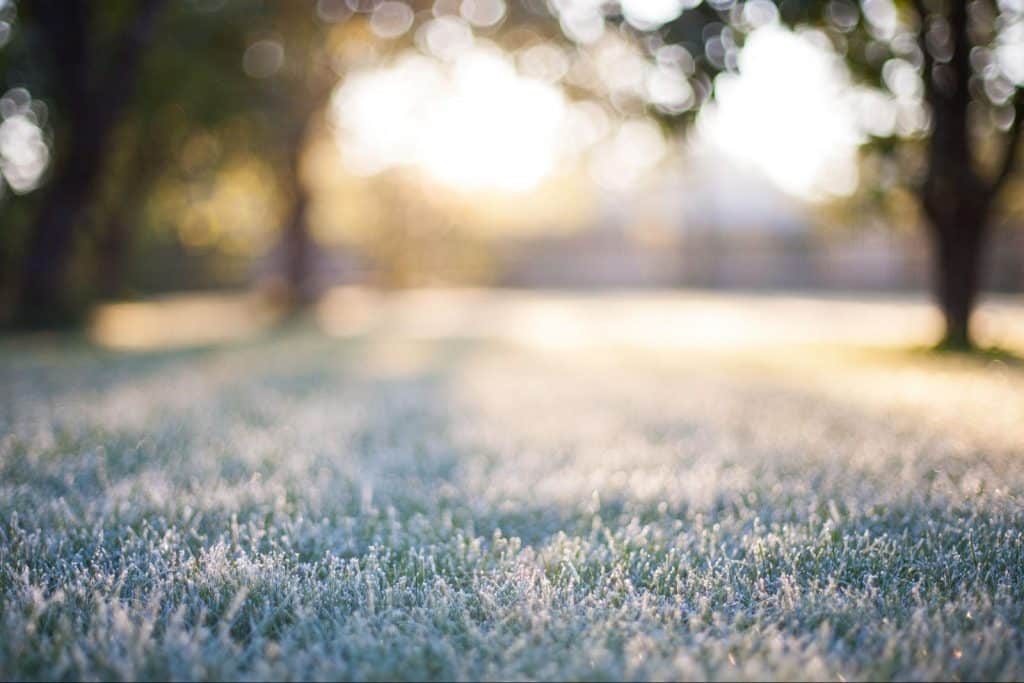Preparing Your Lawn for Winter: Essential Steps for Fort Worth Homeowners
Winter in Fort Worth brings cooler temperatures and occasional frosts, posing challenges to maintaining a lush and healthy lawn. Preparing your lawn for winter ensures that it remains vibrant and healthy when spring arrives. By taking proactive measures, you can shield your grass, improve its resilience, and prevent common winter-related issues. Here’s how to get your lawn winter-ready with expert tips tailored to Fort Worth’s climate.

Aerate Your Lawn for Better Nutrient Absorption
Aeration is a critical first step in preparing your lawn for winter. By perforating the soil with small holes, you improve oxygen circulation and ensure water and nutrients reach the grass roots. Aeration is particularly important in Fort Worth, where clay-heavy soils often compact easily.
- Best Time to Aerate: Early fall to mid-fall.
- Benefits: Encourages root growth, prevents waterlogging, and improves drought resistance.
Clearfork Lawn Care offers professional aeration services to maximize your lawn’s health before winter.
Apply a High-Quality Fertilizer
Feeding your lawn before winter strengthens its root system, ensuring it can withstand the colder months. Opt for a slow-release fertilizer rich in potassium and phosphorus, which promotes root growth and increases resilience.
- Key Tip: Avoid nitrogen-heavy fertilizers in late fall as they encourage leaf growth, which is unnecessary during dormancy.
- Application Timing: Mid-to-late fall for best results.
Overseed Thin or Bare Areas
For Fort Worth homeowners with warm-season grasses like Bermuda or Zoysia, overseeding ensures a uniform appearance throughout winter. Ryegrass is a common choice for overseeding because of its ability to thrive in cooler temperatures.
- Steps for Overseeding:
- Rake to remove debris.
- Spread seeds evenly using a broadcast spreader.
- Water daily until seedlings emerge.
Overseeding improves your lawn’s aesthetics and protects soil from erosion during the winter months.
Adjust Your Mowing Practices
Proper mowing before winter prevents issues like disease and pest infestations. Gradually lower your mower’s blade height as winter approaches, but avoid cutting the grass too short.
- Ideal Height for Fort Worth Lawns:
- Bermuda grass: 1.5 to 2 inches.
- St. Augustine: 2.5 to 3 inches.
- Why It Matters: Shorter grass reduces fungal risks, while maintaining some height shields the roots from frost.
Rake and Remove Leaves Regularly
Accumulated leaves can smother grass, leading to mold and other lawn diseases. Regular raking ensures that your lawn receives adequate sunlight and air circulation during the winter months.
- Pro Tip: Use a mulching mower to shred leaves into fine pieces, which can serve as natural fertilizer.
Water Sparingly, But Don’t Neglect Irrigation
Even in winter, your lawn needs hydration, albeit less frequently. Monitor rainfall levels and water your grass during dry spells to prevent dehydration.
- Watering Schedule: Once every two weeks if there’s no rainfall.
- Avoid Overwatering: Excess water can freeze during cold snaps, damaging the grass.
Clearfork Lawn Care also provides irrigation checks and repairs to ensure your system operates efficiently year-round.
Control Weeds Before They Spread
Winter weeds can rob your lawn of essential nutrients. Applying a pre-emergent herbicide in the fall prevents weeds like chickweed and henbit from germinating.
- Application Tips:
- Use a spreader for even coverage.
- Apply before the first frost for maximum effectiveness.
Weed control ensures that your lawn emerges in spring free of competition.
Add Mulch to Protect Soil and Roots
Applying a layer of organic mulch around flower beds, trees, and shrubs insulates the soil, protecting roots from temperature fluctuations. Mulch also prevents moisture loss and suppresses weeds.
- Best Materials: Shredded bark, pine needles, or straw.
- Mulch Thickness: 2 to 3 inches for optimal insulation.
Prune Trees and Shrubs
Winter is an excellent time to prune trees and shrubs, as most plants are dormant. Pruning removes dead or damaged branches, improving plant health and reducing the risk of falling limbs during storms.
- Focus Areas: Overhanging branches near roofs, power lines, or driveways.
- Tools to Use: Sharp pruning shears or a handsaw for larger branches.
Clearfork Lawn Care’s team can expertly handle pruning to ensure your landscape remains safe and attractive.
Inspect and Winterize Your Irrigation System
Winterizing your irrigation system prevents pipes from freezing and bursting during cold snaps. Drain the water from sprinklers and shut off the system to protect it from damage.
- Steps to Winterize:
- Turn off the water supply.
- Drain hoses and detach them from faucets.
- Insulate exposed pipes with foam covers.
Why Winter Lawn Preparation Is Crucial for Fort Worth
Fort Worth’s unique climate, characterized by mild winters and occasional frost, makes proper lawn preparation essential. By following these steps, you can ensure your lawn remains healthy and ready for spring growth. Investing in professional lawn care services saves time and guarantees effective results.
Preparing your lawn for winter doesn’t have to be overwhelming. Let Clearfork Lawn Care handle it for you! From fertilization and overseeding to irrigation system winterization and tree pruning, our team has the expertise to keep your Fort Worth yard beautiful year-round. Call us at 817-705-9352 or contact us online to schedule a consultation today.
